Description
Characteristics
RESISTANCE TO OXIDATION
The outstanding oxidation resistance of HASTELLOY X is illustrated below. Tests were conducted by exposing samples to dry air at 2000 Deg. F. and to dry air pressurized to 300 psi at 1750 Deg. F. Two criteria for evaluating oxidation resistance are weight change and depth of corrosion penetration. HASTELLOY X excels in both respects due to the formation of a protective, tenacious oxide film.
RESISTANCE TO CARBURIZATION AND NITRIDING
HASTELLOY X also resists carburization and nitriding, two common conditions which often lead to early failure in high-temperature alloys. After 100 hours in petroleum coke, four other materials were completely penetrated by carburization; whereas, Alloy X specimens showed no carburization at all. Of ten materials evaluated in an atmosphere of hydrogen, nitrogen and ammonia at 1100 Deg. F. and 25,00 psi for 64 days, Alloy X had a nitride case less than one-fourth as thick as the closest competitive material without intergranular attack.
Applications
HASTELLOY X finds use in petrochemical process equipment and gas turbines in the hot combustor zone sections. Also used for structural components in industrial furnace applications because of the excellent oxidation resistance.
HASTELLOY X is recommended especially for use in furnace applications because it has unusual resistance to oxidizing, reducing, and neutral atmospheres. Furnace rolls made of this alloy were still in good condition after operating for 8700 hours at 2150 Deg. F. Furnace trays, used to support heavy loads, have been exposed to temperatures up to 2300 Deg. F. in an oxidizing atmosphere without bending or warping. Alloy X is equally suitable for use in jet engine tailpipes, afterburner components, turbine blades, nozzle vanes, cabin heaters, and other aircraft parts.
Gas turbine combustion cans and ducting, heat-treating equipment.
Alloy X has wide use in gas turbine engines for combustion zone components such as transition duct, combustor cans, spray bars and flame holders as well as in afterburners, tailpipes and cabin heaters. It is recommended for use in industrial furnace applications because it has unusual resistance to oxidizing, reducing and neutral atmospheres. Furnace rolls of this alloy were still in good condition after operating for 8,700 hours at 2150 degrees F (1177 degrees C). HASTELLOY X is also used in the chemical process industry for retorts, muffles, catalyst support grids, furnace baffles, tubing for pyrolysis operations and flash drier components.
Useful Properties for Aircraft and Furnace Parts – HASTELLOY X is recommended especially for use in furnace applications because it has unusual resistance to oxidizing, reducing, and neutral atmospheres. Furnace rolls made of this alloy were still in good condition after operation for 8,700 hours at 2150 Deg. F (1177 Deg. C).
Chemistry
Chemical Requirements |
|||||||
|---|---|---|---|---|---|---|---|
|
Ni |
Cr |
Mo |
Mn |
C |
Si |
Fe |
|
|
Max |
Bal |
23.0 |
10.0 |
1.00 |
0.15 |
1.00 |
20.0 |
|
Min |
|
20.5 |
8.00 |
|
0.05 |
|
17.0 |
Tensile Data
Mechanical Property Requirements |
|||||
|---|---|---|---|---|---|
|
Ultimate Tensile |
Yield Strength (0.2% OS) |
Elong. |
R/A |
Hardness |
|
|
Min |
95 KSi |
35 KSi |
35 |
|
|
|
Max |
|
|
|
|
|
|
Min |
655 MPa |
240 MPa |
|
|
|
|
Max |
|
|
|
|
|
Specifications
|
Form |
Standard |
|---|---|
|
Metal Type |
UNS N06002 |
|
Bar |
ASTM B572 AMS 5754 |
|
Wire |
AMS 5798W AMS 5798C |
|
Sheet |
ASTM B435 AMS 5536 |
|
Plate |
ASTM B435 AMS 5536 |
|
Tube |
AMS 5587 AMS 5588 ASTM B619 ASTM B622 |
|
Pipe |
AMS 5587 AMS 5588 ASTM B619 ASTM B622 |
|
Fitting |
ASTM B366 |
|
Forging |
AMS 5754 GE B50TF31 |
|
Weld Wire |
A5.14 ERNiCrMo-2 |
|
Weld Electrode |
A5.11 ENiCrMo-2 |
|
Din |
2.4665 |
Machinability RATING: 27% Of B-1112
TYPICAL STOCK REMOVAL RATE: 45 surface feet/minute with high speed tools, 125 surface feet/minute with carbide.
COMMENTS:
Care must be taken to make sure there are rigid machine setup and sharp tools, so that work hardening and surface glazing do not occur. HASTELLOY X is machinable in both the wrought and cast form. Low cutting speeds and an ample flow of coolant are required.
Suggested tool angles for single point tungsten carbide tools are 8- to 10-Deg. side-rake angle from cutting edge, 5- to 8-Deg. back-rake angle, 5- to 7-Deg. end relief angle, and 15- to 30-Deg. side cutting-edge angle. Nose radius should be 1/32 to 1/16 inch.
High-speed steel drills should be ground to an included angle of 135 to 140 Deg. with a clearance angle of 10 degrees. The web should be thinned down to about one-third the web-thickness of a standard drill.
Better finishes can be obtained by increasing the speed and decreasing the feed. Automatic screw machines are not recommended because speeds are generally excessive and carbide-tipped tools will not hold up. A sulfur-base cutting fluid should be used for machining this alloy. All traces of cutting fluid should be removed prior to heat-treatment or high temperature service.
The following table may be used as a guide in machining HASTELLOY alloy X. The figures will be modified by such factors as tool size and type, type of machining equipment, size of stock, and nature of cut.
| Machining Guide for HASTELLOY Alloy X | |||||
|---|---|---|---|---|---|
| Operation |
Tool |
Speed |
Feed |
Depth in Cut |
Cut Type |
| Turning
|
WC |
68 |
.009-.016 |
.050-.100 |
Rough |
|
HSS |
18 |
.007-.011 |
.025-.045 |
Rough |
|
| Facing
|
WC |
68 |
.009-.016 |
.040-.075 |
Rough |
|
HSS |
18 |
.007-.011 |
.025-.045 |
Rough |
|
| Boring |
WC |
42 |
.009-.016 |
.043-.060 |
Rough |
| Drilling |
HSS |
18 |
.003-.007 |
— |
Rough |
| Reaming |
HSS |
25 |
.006-.010 |
— |
Rough |
| Shaping
|
WC |
20 |
— |
.060-.090 |
Rough |
|
HSS |
13 |
— |
.050-.080 |
Rough |
|
| Milling |
HSS |
15 |
1/2-1 IPM |
.100-.200 in. cut |
Rough |
Heat-Treatment
All wrought forms of HASTELLOY X are furnished in the solution heat-treated condition unless otherwise specified. The standard heat-treatment is at a temperature of 2150 Deg. F (1177 Deg. C) followed by rapid cooling. Other heat-treatment temperatures also may be effective for certain forms and conditions.
The properties listed here are average values based on laboratory test conducted by the manufacturer. They are indicative only of the results obtained in such tests and should not be considered as guaranteed maximums or minimums. Materials must be tested under actual service conditions to determine their suitability for a particular purpose. All data represent the average of six or less tests unless otherwise noted. All data shown for material aged for 1,000, 4,000, 8,000, and/or 16,000 hours are based on tests of a single heat. The secondary units (metric) used in this booklet are those of the SI system.

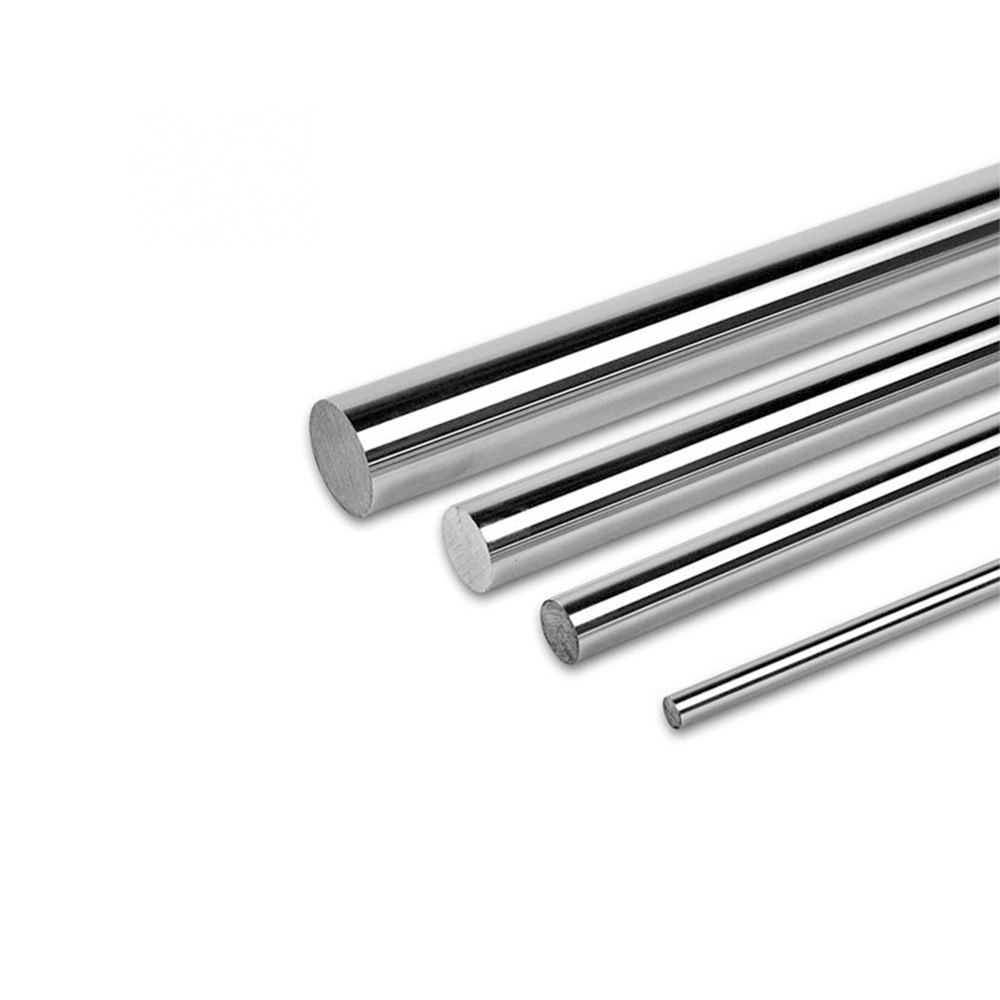
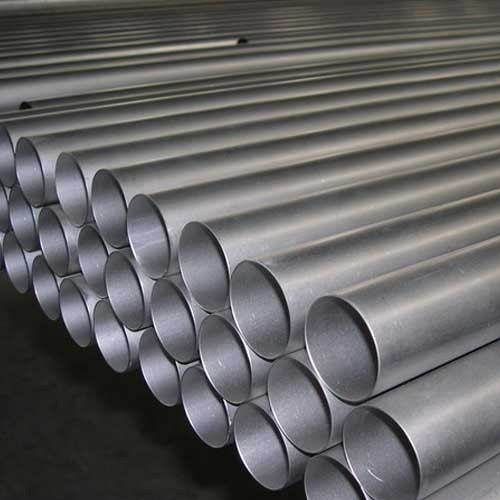
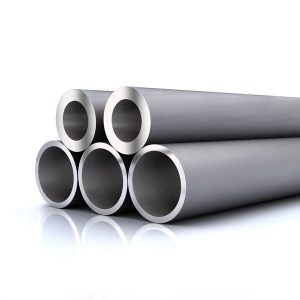
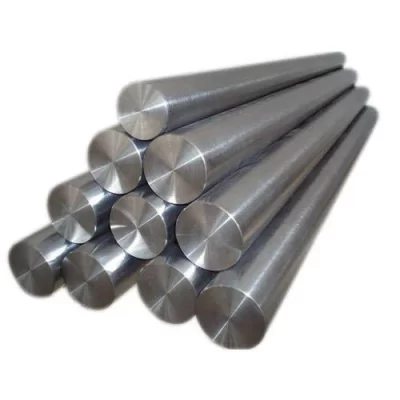
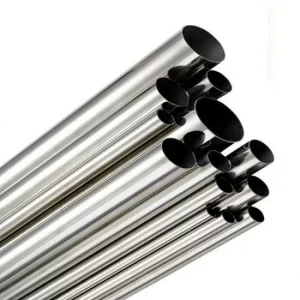
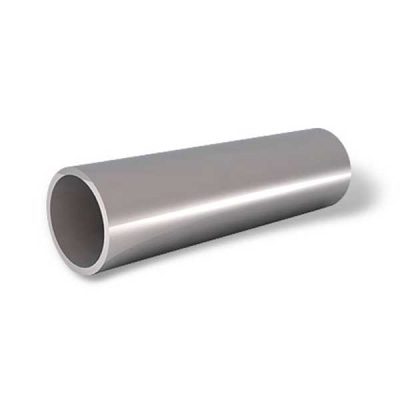
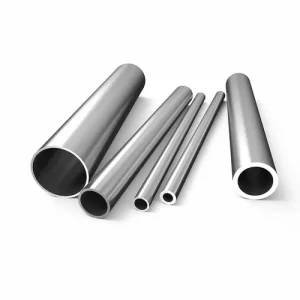
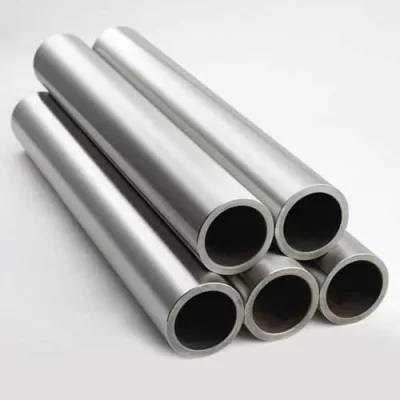
Reviews
There are no reviews yet.